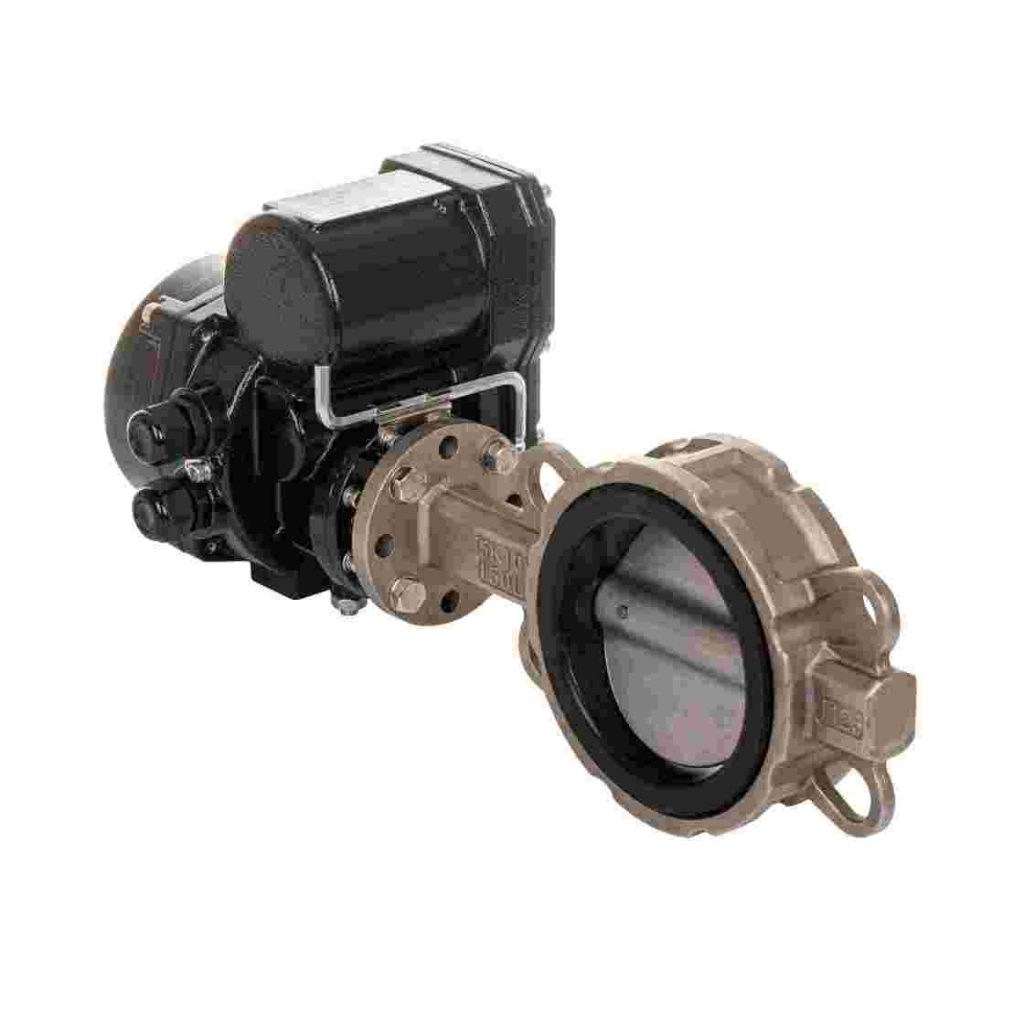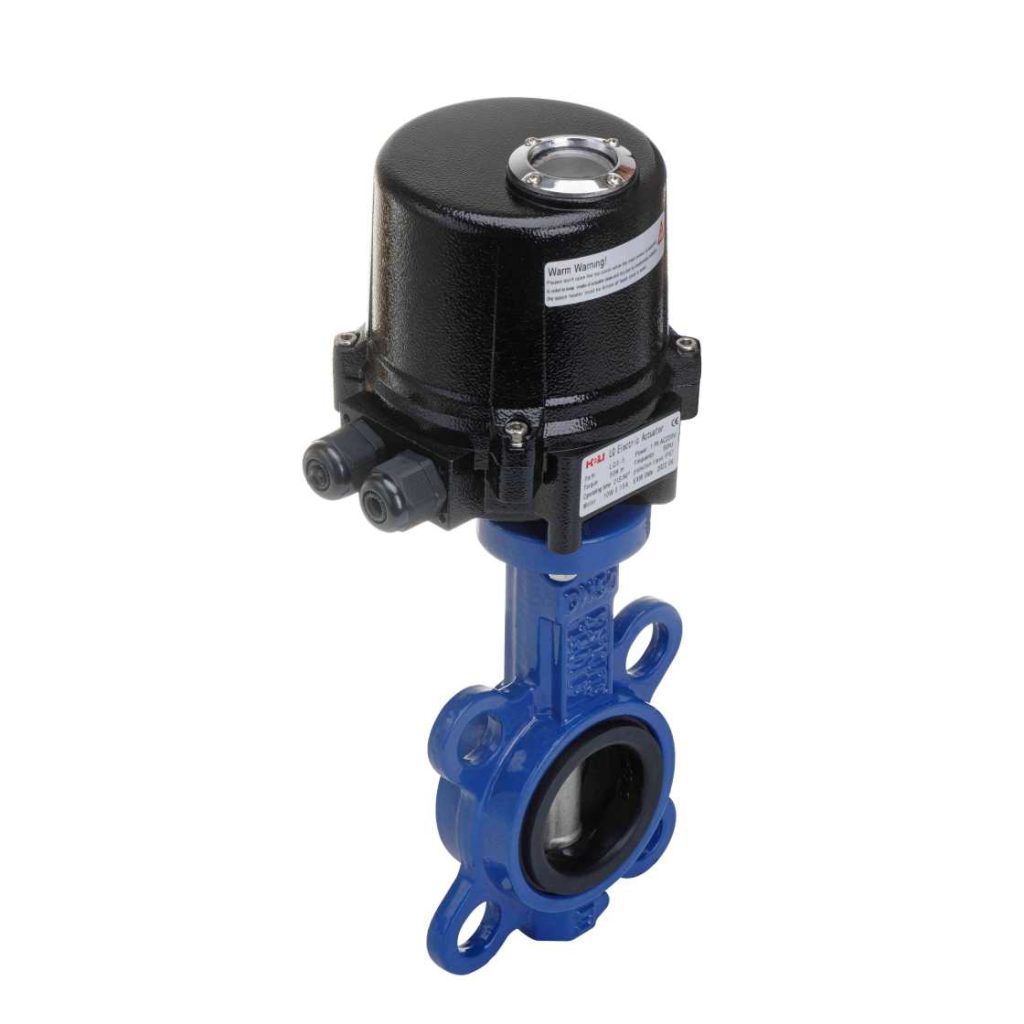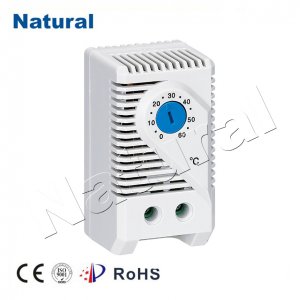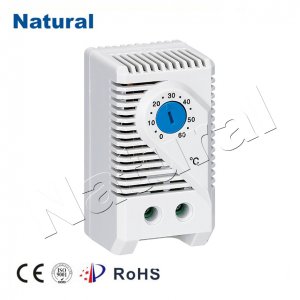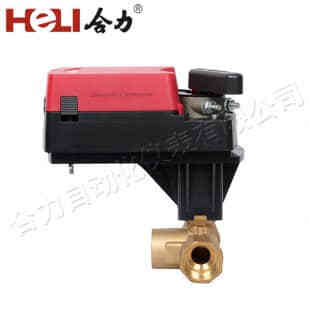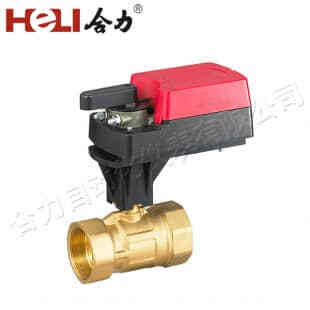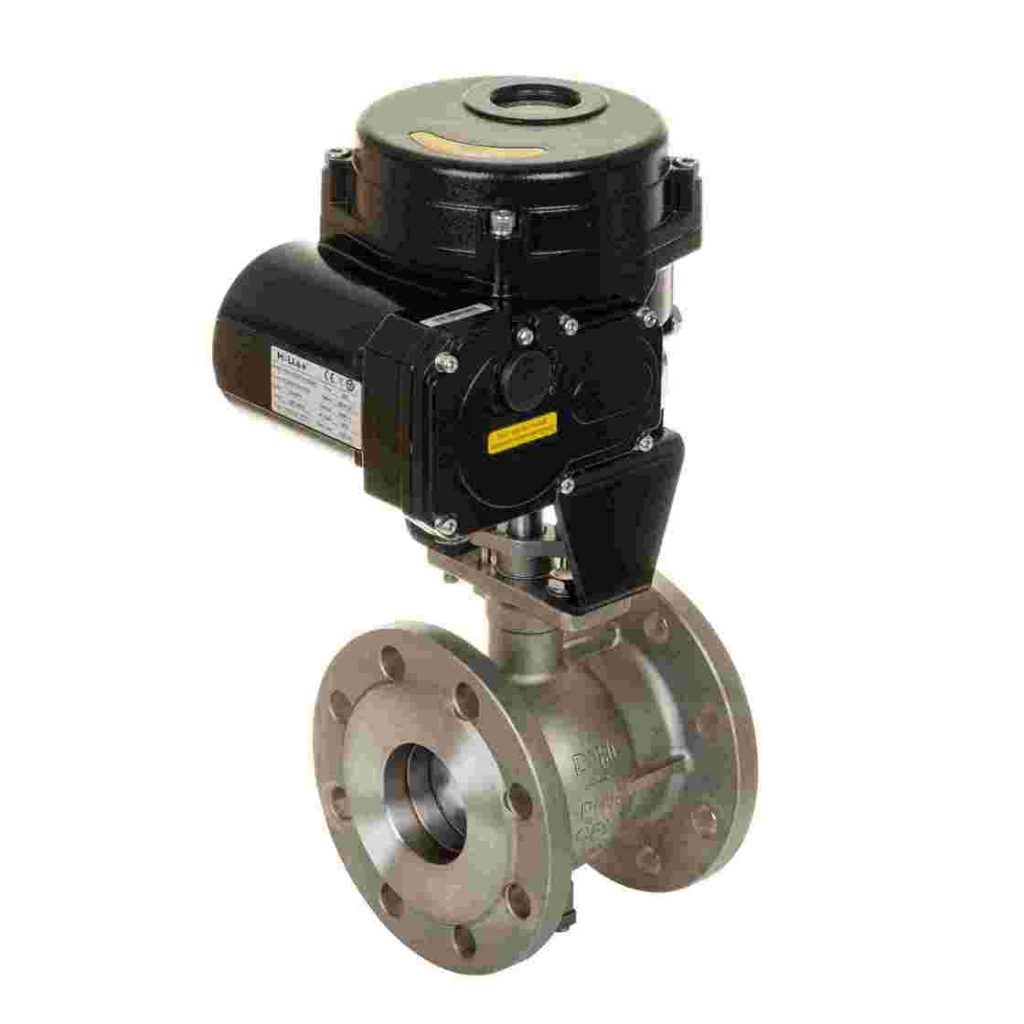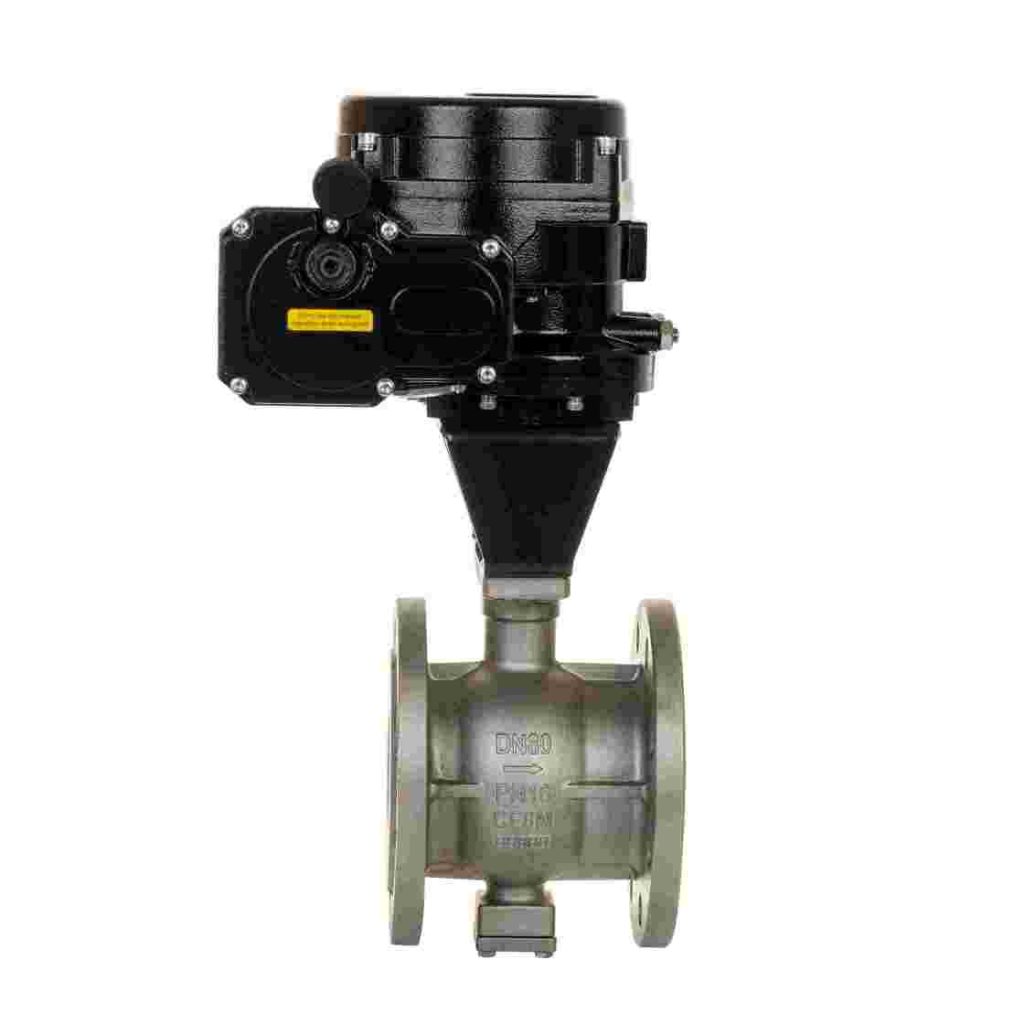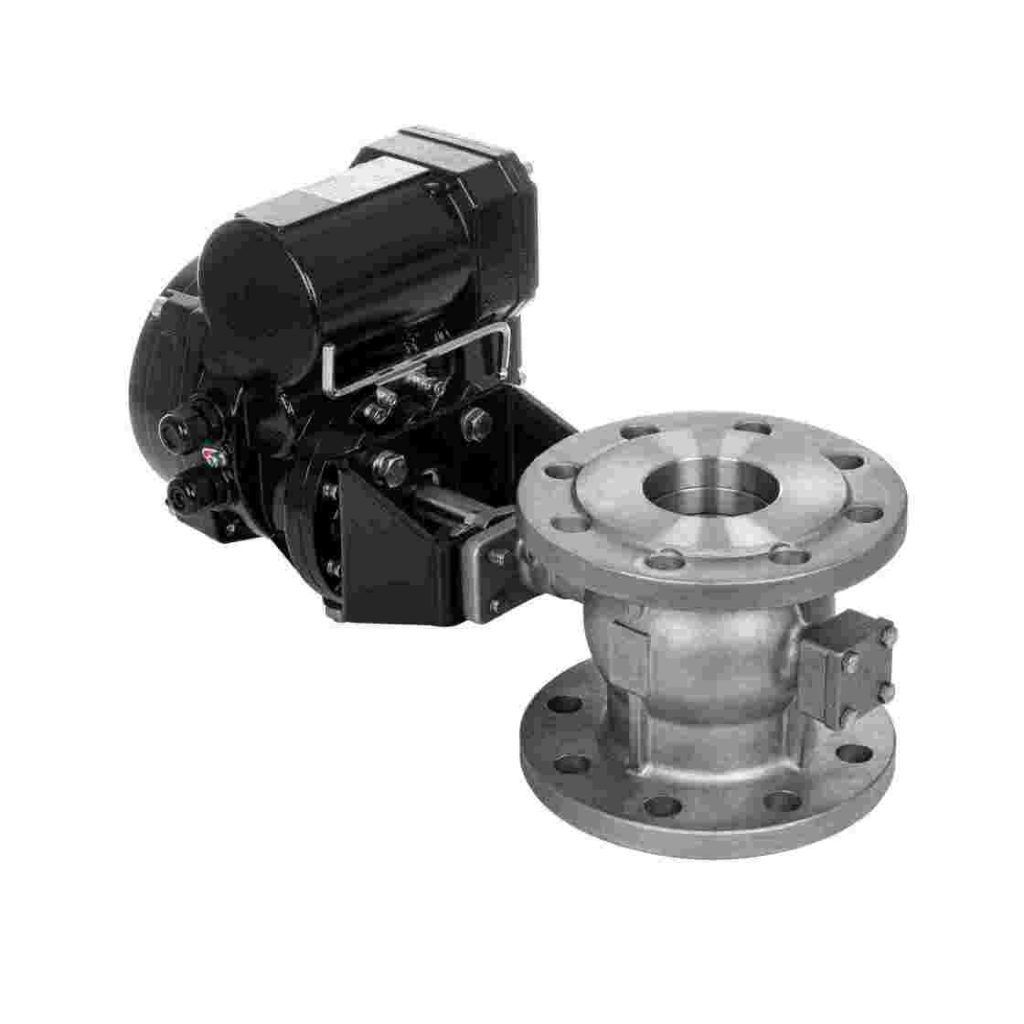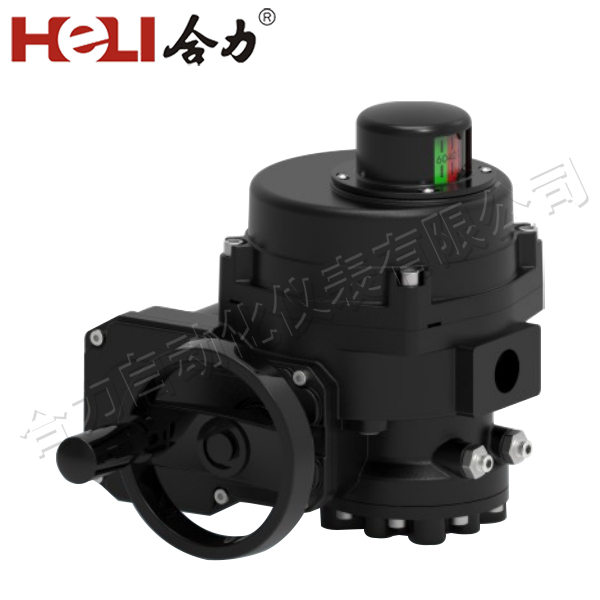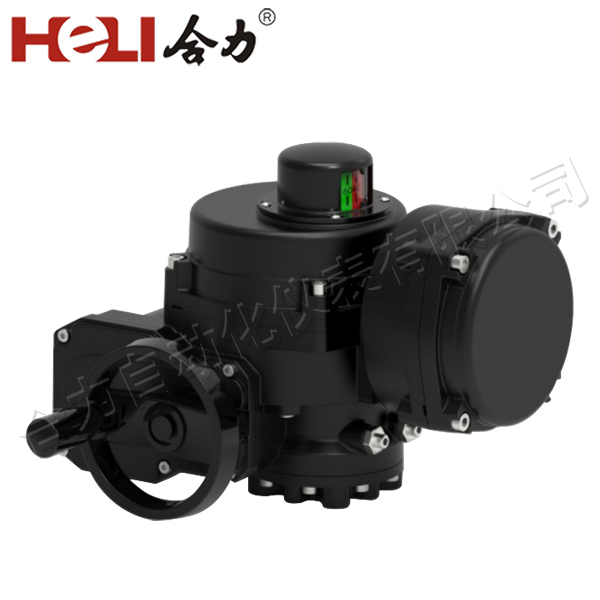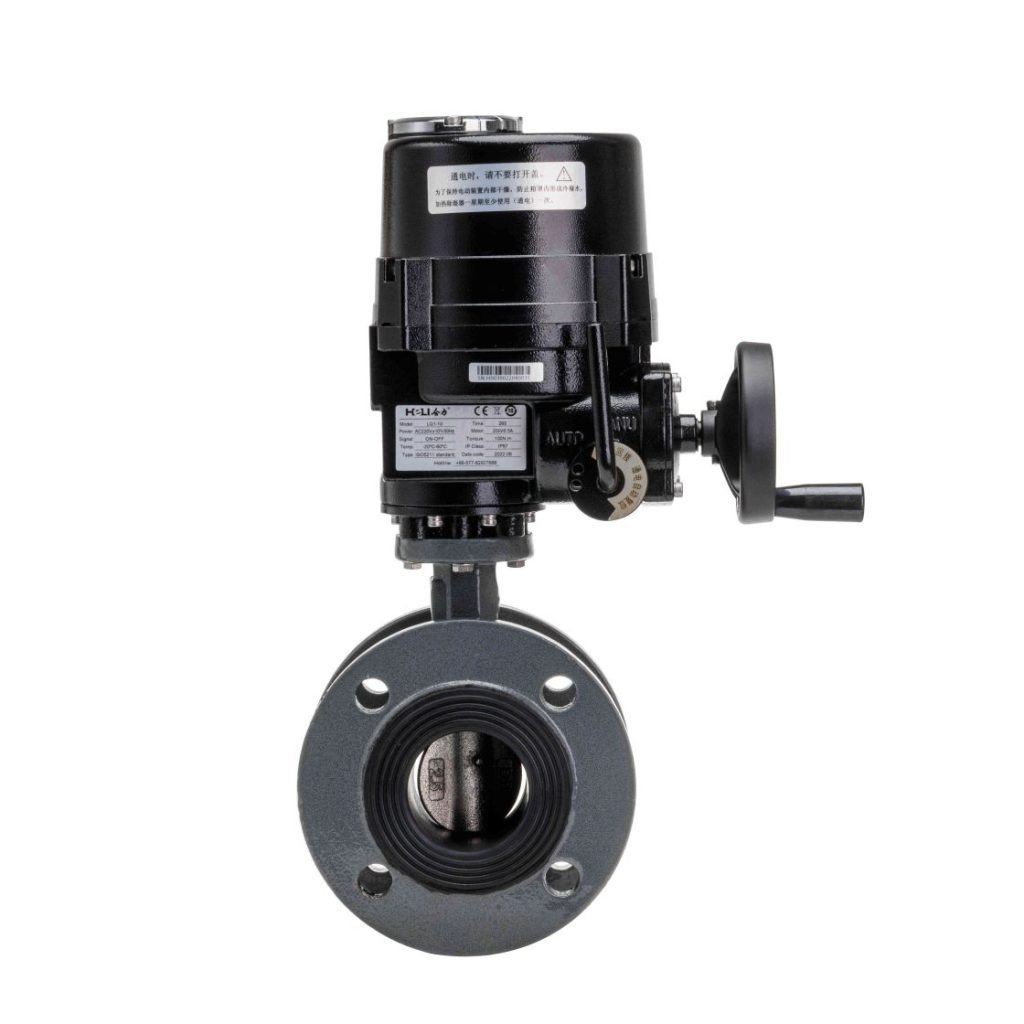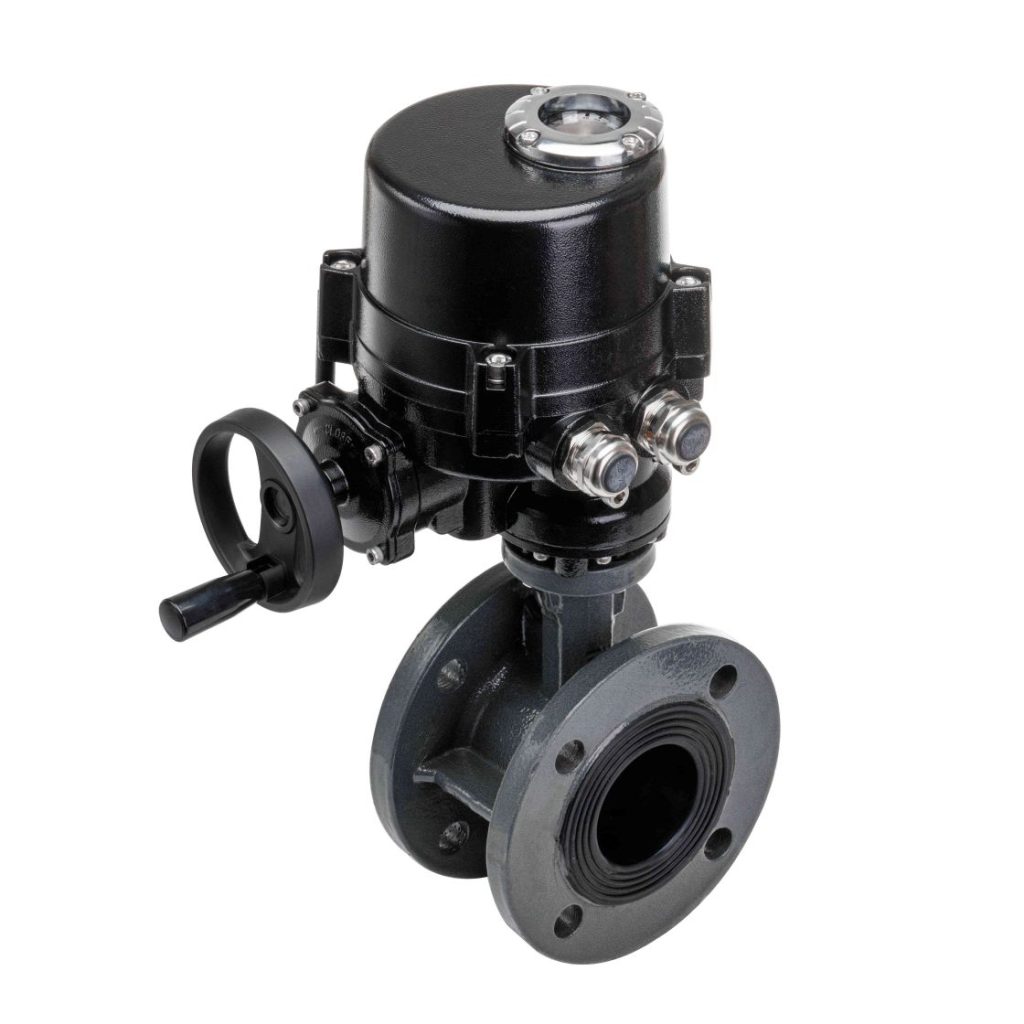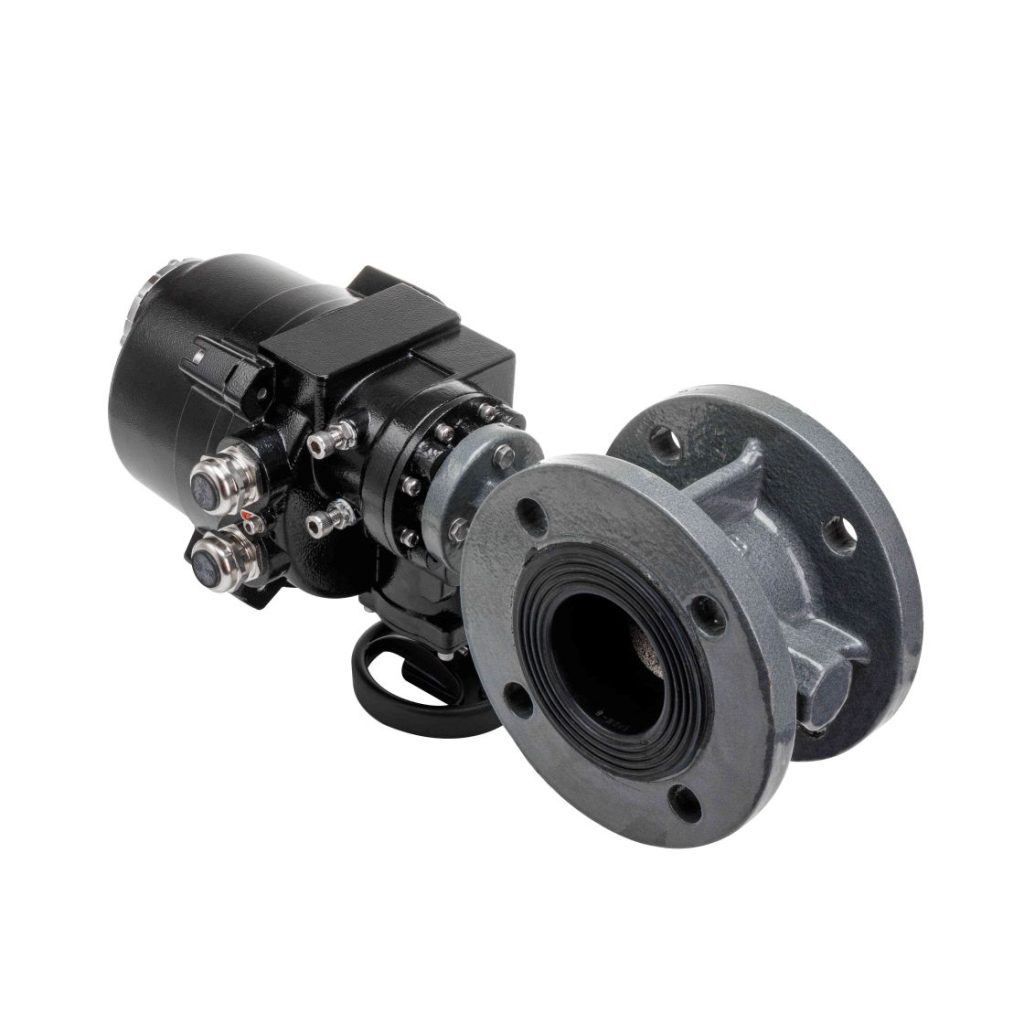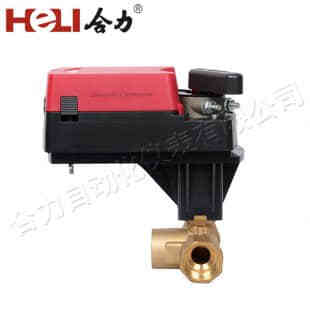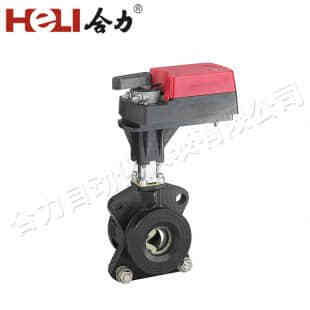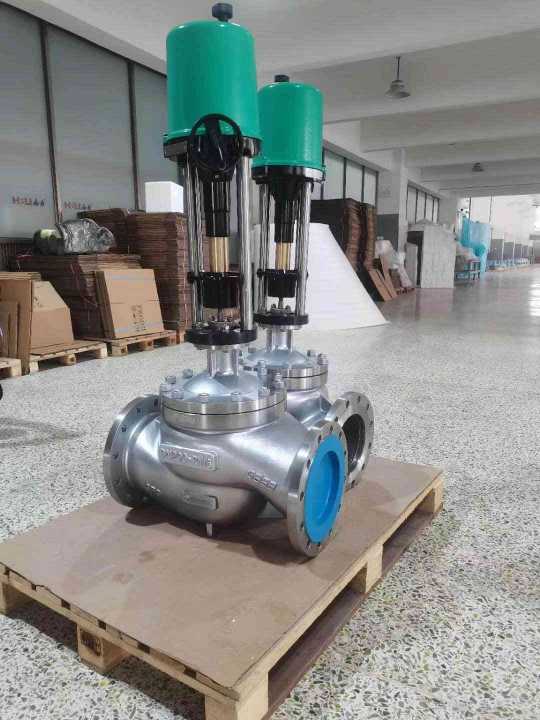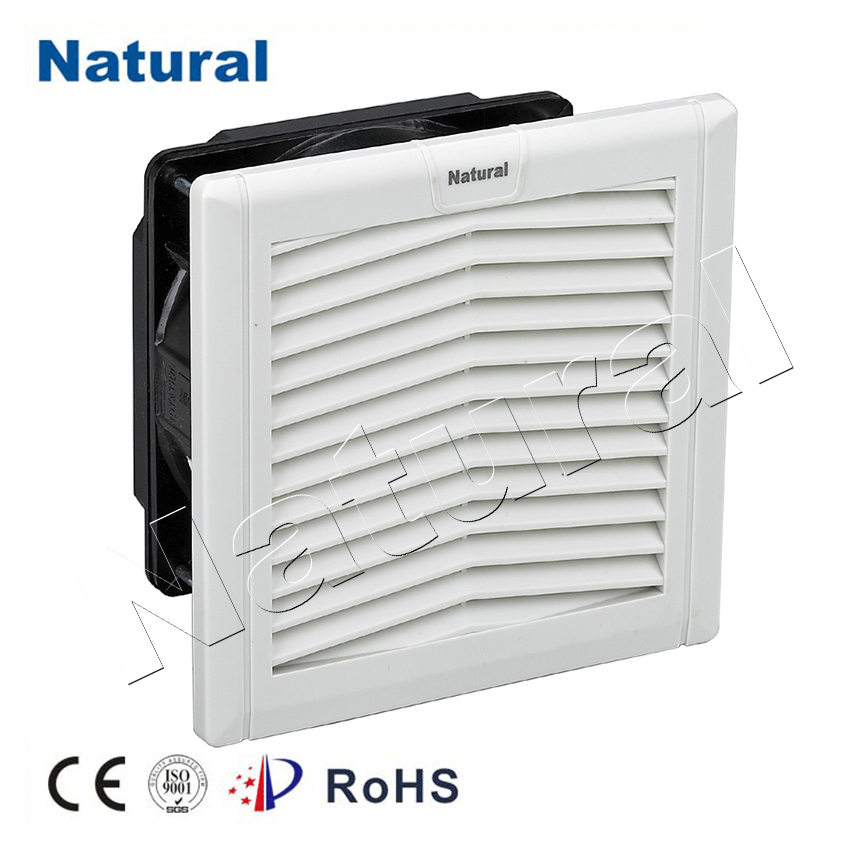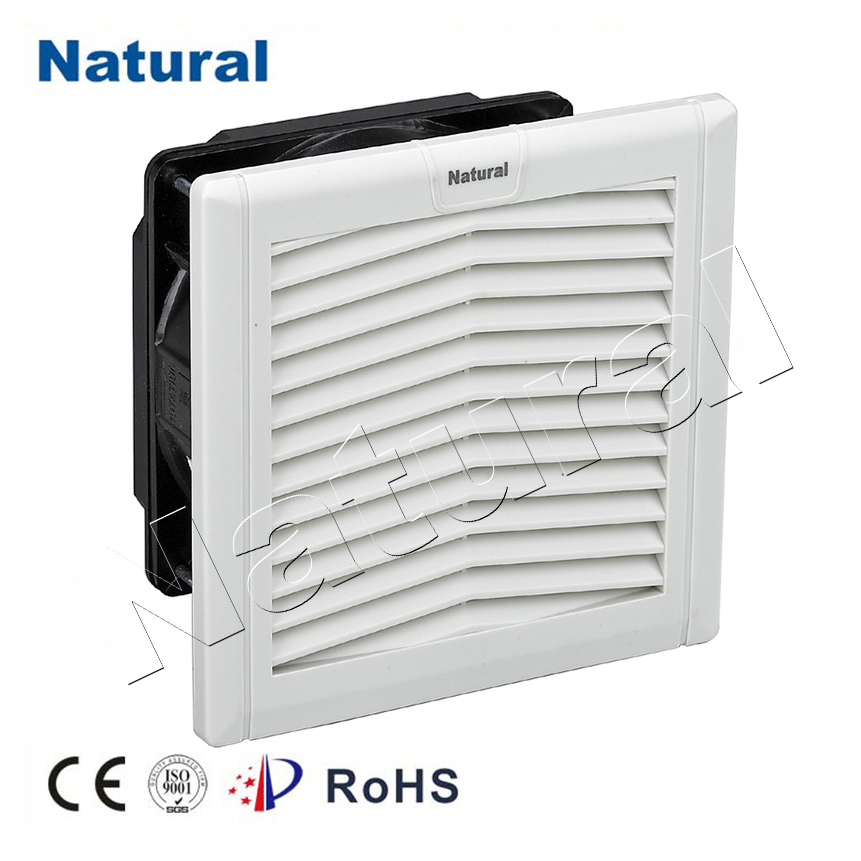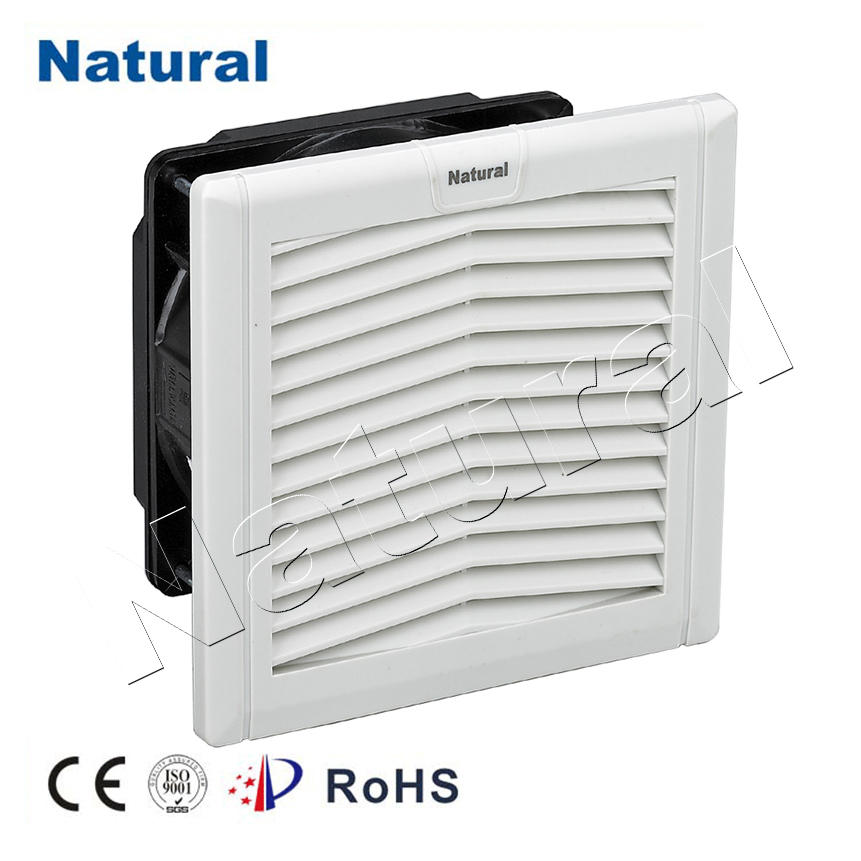Electric flanged soft seal butterfly valves are essential components in various industries that require efficient fluid control and management. These valves are widely used in systems such as water treatment plants, oil and gas pipelines, and HVAC systems, where precise regulation of flow is critical. As a result, manufacturers of electric flanged soft seal butterfly valves play a pivotal role in supplying reliable products that ensure seamless operation of these systems. In this article, we will explore the key features, benefits, and considerations for choosing an electric flanged soft seal butterfly valve manufacturer.
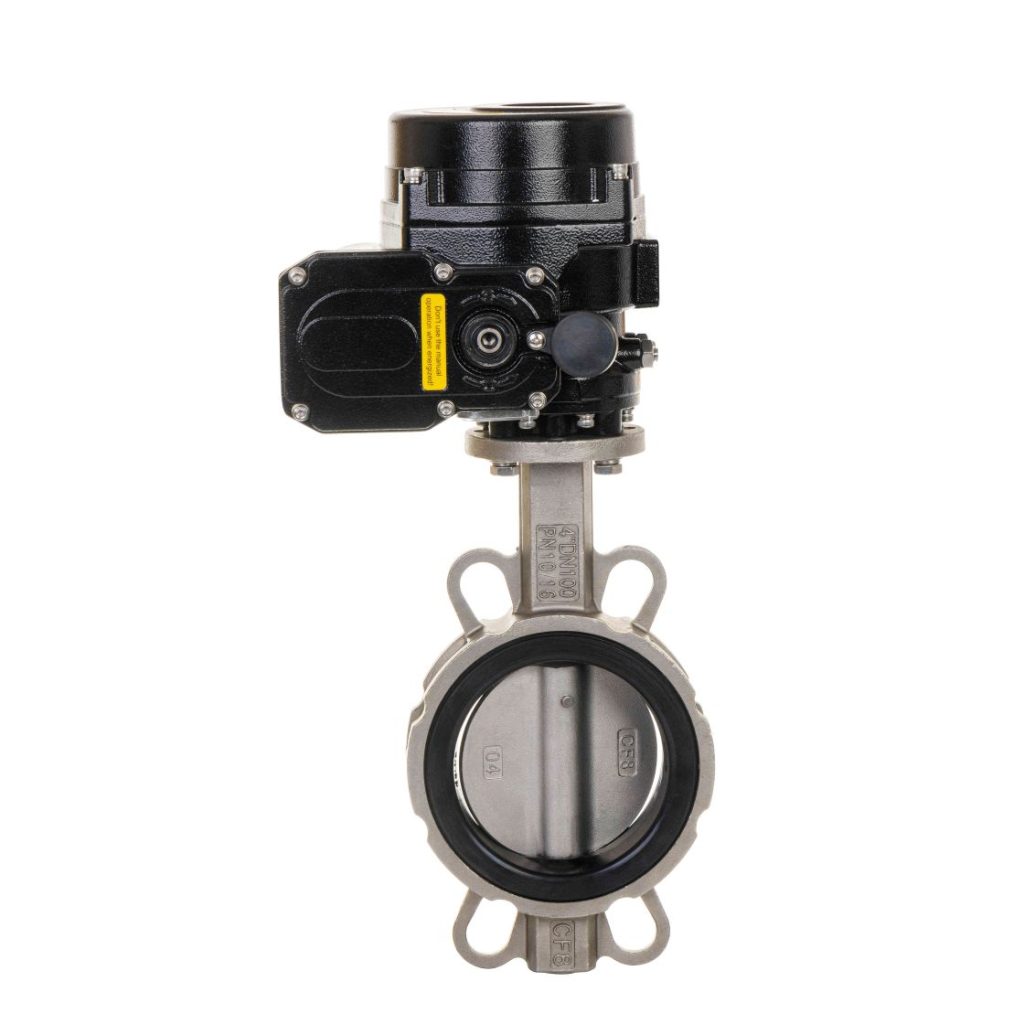
What is an Electric Flanged Soft Seal Butterfly Valve?
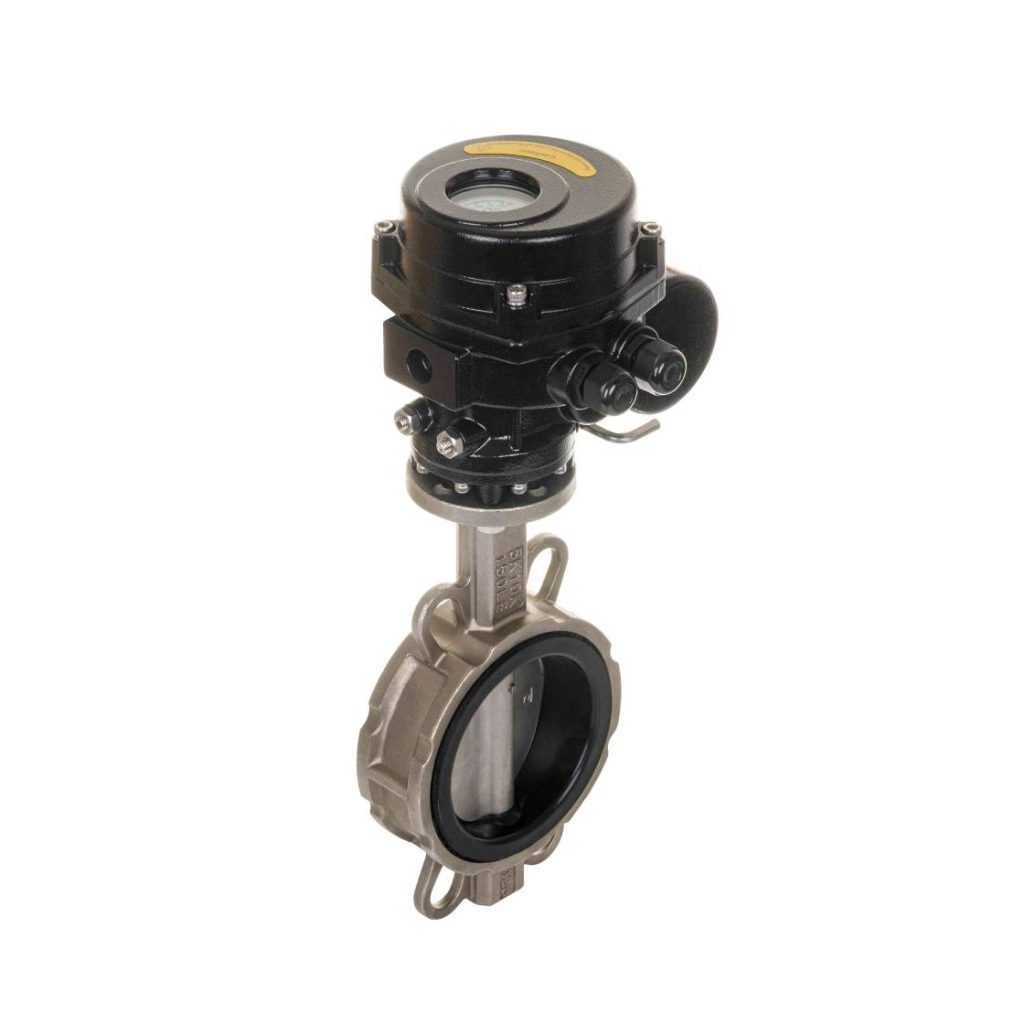
An electric flanged soft seal butterfly valve is a type of valve designed to regulate, isolate, or control the flow of fluids in a pipeline. It consists of a circular disc or “butterfly” that rotates to open or close the valve. The term “flanged” refers to the valve’s connection type, where flanges are used to securely attach the valve to the pipeline. The “soft seal” aspect means the valve utilizes a flexible material, typically elastomer or rubber, to provide a tight and leak-proof seal when the valve is closed. The electric actuator is what distinguishes this valve from manual or pneumatic alternatives. By utilizing an electric motor, the valve can be controlled remotely, offering enhanced precision and automation. This feature makes it highly suitable for modern industrial applications where automated control of fluid systems is crucial for efficiency and safety.
